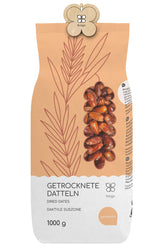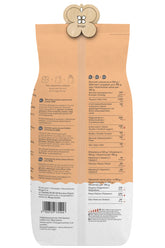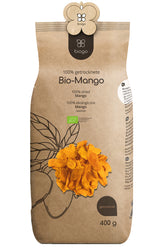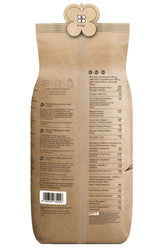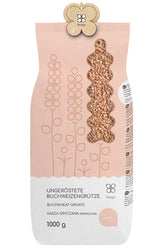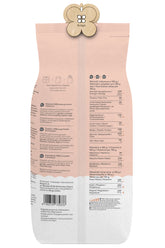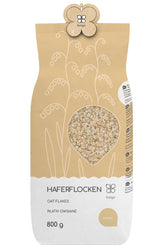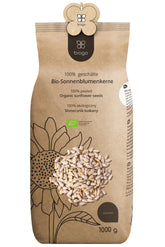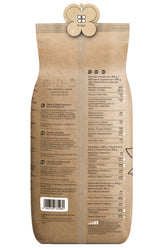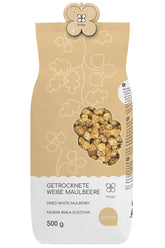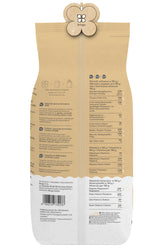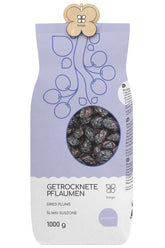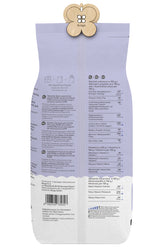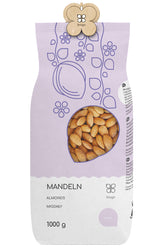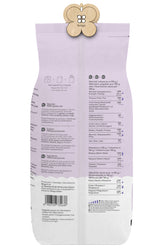Chromates and Dichromates – The Yellow-Orange World of Inorganic Oxidizing Agents
Chromates and dichromates are a fascinating group of inorganic compounds that are used in a wide variety of applications due to their unique properties. These yellow-orange oxidizing agents play an important role in industry, science, and even in our daily lives. In this blog post, we want to take a look at the world of chromates and dichromates and examine their significance, uses, and safety aspects more closely.
The chemistry of chromates and dichromates
Chromates and dichromates belong to the group of transition metal compounds and are based on the element chromium (Cr). In their basic form, they exist as salts, with the chromate ion (CrO₄²⁻) and the dichromate ion (Cr₂O₇²⁻) being the characteristic anions.
These ions are characterized by a tetrahedral and octahedral geometry, respectively, in which the chromium center is surrounded by oxygen atoms. This structure gives chromates and dichromates their distinctive yellow-orange coloration, which is due to electron transitions in the crystal field.
Chemically speaking, chromates and dichromates are strong oxidizing agents that can easily donate electrons in redox reactions. This characteristic makes them important reagents in inorganic synthesis and analytics.
Occurrence and extraction
Chromium-containing minerals such as chromite (FeCr₂O₄) are the natural starting materials for the production of chromium compounds. Through melting processes and chemical treatment, chromium oxides and finally chromates can be obtained from them.
The industrial process for producing sodium chromate (Na₂CrO₄) and sodium dichromate (Na₂Cr₂O₇) begins with the roasting of chromite ore. This produces chromium trioxide (CrO₃), which is then converted to the sodium salts using sodium carbonate (Na₂CO₃).
In addition to sodium, other cations such as potassium, ammonium, or calcium can be bound to the chromate and dichromate anions. Depending on the application, these different salts are used.
Applications of chromates and dichromates
The versatile properties of chromates and dichromates make them important industrial chemicals with numerous application areas:
Oxidizing agents in chemistry
As strong oxidizing agents, chromates and dichromates are used in chemical syntheses, for example in the oxidation of organic compounds. They are also used as reagents in analytical chemistry.
Pigments and dyes
The characteristic yellow to orange coloration of chromium compounds makes them popular pigments and dyes. Chrome yellow (PbCrO₄) and chrome red (PbCrO₄ · PbO) are classic examples.
Corrosion Protection
Chromates and dichromates form passivating protective layers on metal surfaces that prevent corrosion. They are therefore used in pickling agents, primers, and coatings.
Wood Preservation
Chromium-containing salts such as copper-chromium-arsenic compounds (CCA) are used as wood preservatives to protect wood from rot, fungal infestation, and insect damage.
Electroplating
In electroplating, chromates are used to create decorative and protective coatings on metals, such as in chrome plating.
Tanning
In leather production, chromium salts are used as tanning agents to improve the durability and suppleness of the leather.
Pyrotechnics
Chromium compounds are also used in fireworks, where they provide the characteristic green and yellow colorations.
Further Applications
Furthermore, chromates and dichromates are used in pickling agents, fire extinguishers, ceramics, glasses, catalysts, and even in some cosmetic products.
Health and Environmental Aspects
Despite their diverse applications, chromates and dichromates also harbor risks for humans and the environment. Many chromium compounds are toxic, carcinogenic, and environmentally harmful.
Hexavalent chromium (Cr(VI)) in particular proves to be problematic. It can be absorbed through the respiratory tract, skin, or food and damages organs, causes allergies, and is mutagenic. Therefore, the handling of chromates and dichromates is subject to strict regulations and safety requirements.
In recent decades, many applications using chromium compounds have been restricted or replaced by more environmentally friendly alternatives due to health and environmental risks. Nevertheless, chromates and dichromates remain important industrial chemicals whose safe handling and disposal are of great importance.
Conclusion
Chromates and dichromates are fascinating inorganic compounds that find application in many areas due to their unique properties. From chemistry to pigments, corrosion protection, and pyrotechnics – these yellow-orange oxidizing agents are indispensable in modern industry.
At the same time, the health and environmental risks associated with chromium compounds must be carefully considered. Responsible handling of these substances is essential to reconcile the benefits of their application with the protection of humans and nature.
The world of chromates and dichromates is fascinating, complex, and presents a constant challenge – both for scientists and users. Let us together continue to explore this yellow-orange world of inorganic chemistry and responsibly utilize its potentials.

